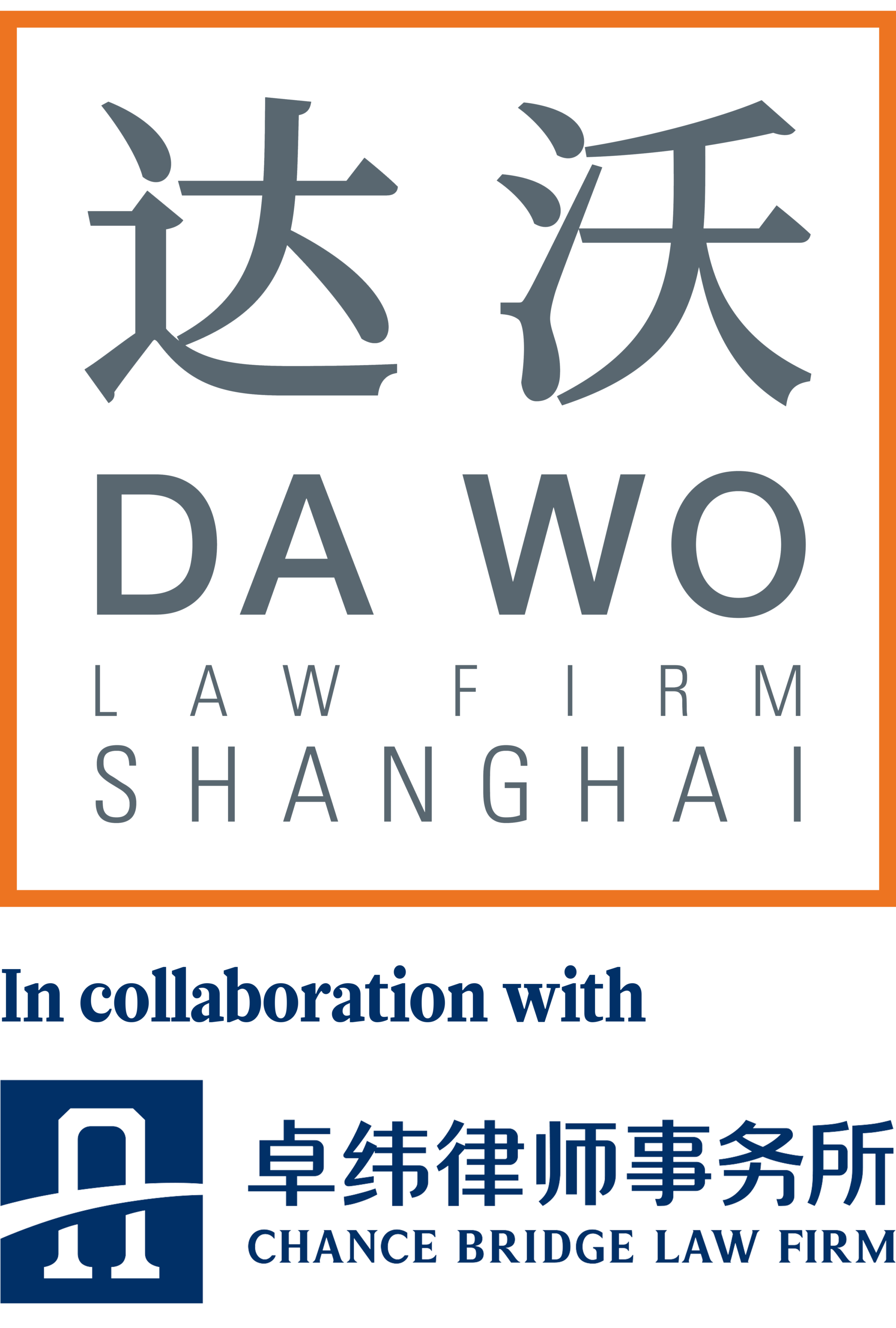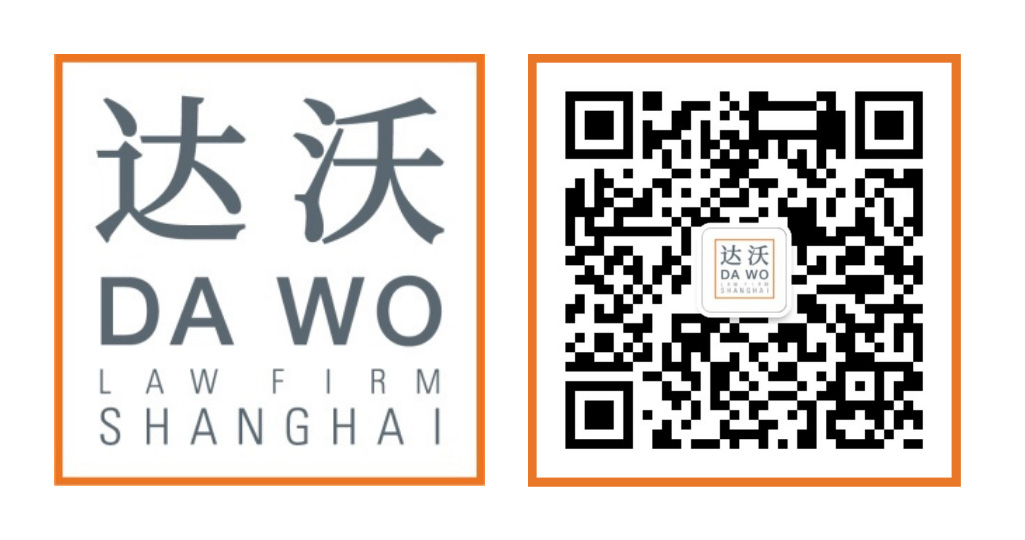Dan Xu
As of June 1, 2021, the 4th Amendment to the Patent Law has become effective. This Amendment includes some important measures to strengthen patent protection. In this article we will briefly highlight some of these (protective) measures.
Design patent protection
According to Article 2.4 partial designs will be protected: ““Design” means any new design of the shape, the pattern, or their combination, or the combination of the color with shape or pattern, of the whole or part of a product, which creates an aesthetic feeling and is fit for industrial application.”
Besides that, article 42.1 extends the protection period for design patents to 15 years, counted from the filling date.
The amended Patent Law will also recognize domestic priority for design patents: The applicant may enjoy a right of priority if he files an application for a patent for the same subject matter within 6 months from the date on which the applicant first filed an application in China (Article 29.2). In other words, the applicant may file another design application if he makes minor modifications or develops more similar designs within 6 months.
Protection against infringement
Article 71 introduces a punitive damages system for intentional infringement. If the circumstances are serious, the people’s courts can impose punitive damages, up to 5 times calculated from the actual losses suffered by the patent owner, the benefit obtained by the infringer or the multiple of the patent licensing fee.
If it is too difficult to calculate the damages, the amount of statutory damages that can be granted will also increase (between 30.000 CNY – 5 million CNY).
If the patent owner has tried his best to provide evidence, but the accounting books and/or materials related to the infringement are unreachable, because they are in the hands of the infringer, the people’s court can order the infringer to provide evidence, reducing the burden of proof on the patent owner.
Furthermore, the statute of limitations for an action against patent infringement will be extended from 2 to 3 years, starting from the date on which the patent owner or any interested party knew or should have known of the patent infringement and the infringer (Article 74).
Besides that, the China National Intellectual Property Administration (CNIPA) and local administrative authorities will get more power to carry out patent administrative enforcement for patent infringement disputes (Article 70).
Novelty grace
In case of national emergencies or other extraordinary circumstances, a six-month novelty grace period (before the application) is granted with respect to inventions or creations first disclosed for public interest purposes (Article 24).
Open licensing system
With the amended Patent Law an open licensing system is introduced, to promote the transformation of patents, to reduce transaction costs, and to improve transformation efficiency. Patent owners must file a statement of open license to the CNIPA allowing others to implement their patent and providing explicit licensing terms (including royalty fees and payment method). During the exploitation period of the open license, the annuity paid by the patent owner will be reduced or waived.
The patent owner granting the open license may, after negotiations with the licensee on the licensing fee, also grant a common license, but may not grant a sole or exclusive license for the patent (Articles 48 – 52).
Pharmaceutical patent protection
Article 76 introduces a patent linkage system. This system enables applicants for regulatory approval, patentees or interested parties of a pharmaceutical patent to resolve patent disputes during the drug marketing approval process through various means, including civil judicial proceedings of the people’s court or administrative proceedings of the CNIPA.
Additionally, Article 42.2 introduces a patent term adjustment for a patent for invention in case of an unreasonable examination delay during the patent granting procedure.
And Article 42.3 provides patent term extension for new drug-related patents to compensate for the time taken for review and approval of a new drug for marketing. The CNIPA shall, at the request of the patent owner, extend the term of a patent related to the approved new drug for a period of no more than 5 years, and the resulting total effective patent term shall not exceed 14 years from the regulatory approval of the new drug in China.
Conclusion
Although, it is not completely clear how to interpret the Amended Patent Law, since the CNIPA needs to formulate new regulations and guidelines on how to implement, it for sure will strengthen the protection of patents.
Furthermore, the Amended Patent Law shows that China is moving towards harmonization with patent laws like those in the US and the EU and that China is preparing to join the Hague Agreement Concerning the International Registration of Industrial Designs.
If you have any patent related questions or concerns, please feel free to reach out to us.


